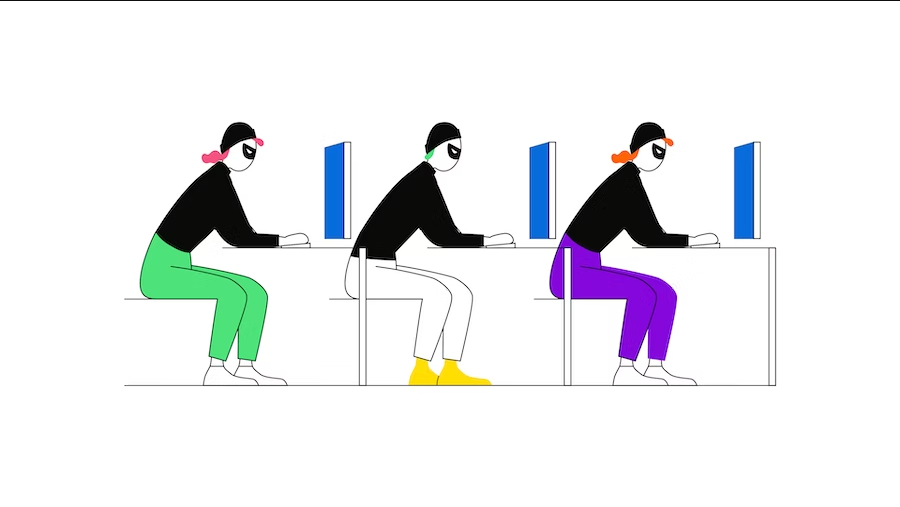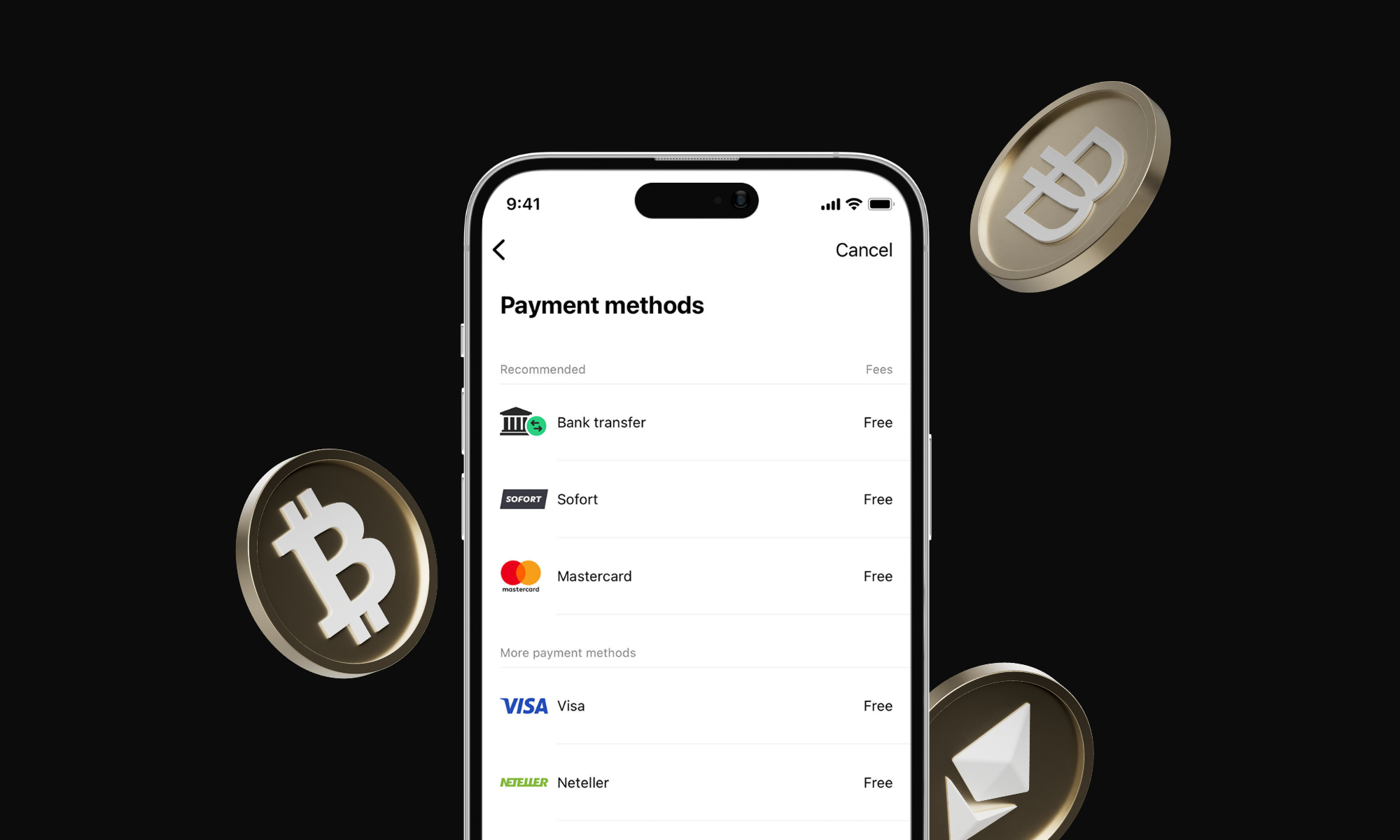Bitcoin becomes legal tender
For the cryptocurrency par excellence, Bitcoin (BTC), 2021 marked a year of incredible achievements.
In an historic decision, El Salvador recognised Bitcoin as legal tender, challenging the power of fiat currencies in everyday life. Bitcoin’s wide adoption is still a work-in-progress and, thanks to El Salvador, the world is now able to closely watch the evolution of this process and how this will change the landscape of finance.
Taproot
In November, Bitcoin reached an all-time high, trading at €61,154 ($68K). In the same month, the highly anticipated Taproot upgrade went online. The Taproot upgrade simplifies the processing of transactions and allows for multiple signatures, making verification smoother and faster, but also increasing Bitcoin’s efficiency and setting the stage for smart contracts.
Bitcoin’s network already had its own type of contracts on its blockchain and it had already been possible to execute smart contracts on other layers - such as the ones powering the Lightning Network. However, the implementation of smart contracts on the blockchain before Taproot had been problematic due to scalability issues. The latest upgrade is trying to solve this problem and may well be setting Bitcoin up on its way to becoming a serious actor in decentralised finance.
All-time-highs
On November 10, Bitcoin reached an all-time-high (ATH), trading at €61,154 ($68K). In a surprise twist, BTC had to share the spotlight with Ethereum, peaking at €4,320 ($4,859) on the same exact day.
Aside from the two crypto giants, all-time-highs have been flooding the crypto market throughout the entire year. Cryptocurrencies that reached an all-time-high in 2021 include:
Ethereum 2.0
This year, the leading altcoin for smart contracts and DeFi, Ethereum (ETH), introduced Ethereum 2.0: after the London hard fork, the blockchain launched the first phase of the upgrade, “Phase 0” or the Beacon Chain.
A long-awaited feature of Ethereum 2.0 will be the shift of the consensus algorithm from Proof of Work to Proof of Stake. This is set to greatly reduce the environmental impact of the network while also significantly cutting the network’s fees as gas fees are substituted.
Alonzo
Another big name in crypto in 2021 was Cardano. In September, the blockchain announced the Alonzo upgrade and reached an all-time-high at €2.76 ($3.10) soon after. Alonzo marked a milestone in the network’s roadmap as it allows the implementation of smart contracts on the blockchain.
At the same time, Alonzo opened a wide range of possibilities in decentralised finance applications to be supported in ADA’s network, but only time will tell if Cardano can withstand the heavy competition of the many altcoin projects getting involved in DApps and DeFi.
DeFi
This year has seen even traditional financial institutions growing increasingly fond of blockchain technology regarding crypto and for everything around DeFi (Decentralised Finance). DeFi is a new, emerging type of financial services enabled by blockchain technology.
In fact, DeFi applications are moving centre stage to offer the same services as traditional financial institutions - such as trades, loans and so on - while running on a blockchain network, therefore “cutting the middleman”. DeFi tokens, fueling the smart contracts of DeFi projects, have been increasing in value since the summer of 2020, with the top 100 coins by market cap reaching €153B ($173B) in November.
In 2021, numerous institutions - including a high number of traditional players - grew increasingly interested in DeFi. Several decentralised networks have also started discovering synergies in order to bring DeFi to the masses. We are looking forward to seeing DeFi in the limelight in 2022, just like you are.
Metaverse
Frequently mentioned in headlines and increasingly showing up in mainstream media, the term “Metaverse” has been a hot topic in 2021, especially since Facebook’s rebranding of the year: Facebook going Meta. Not only Meta but also many other companies and tech-giants are betting on the metaverse and are already working on their own worlds, including Apple*, Microsoft* and Nvidia*.
It may come as a surprise that the term “metaverse” dates back to as far as 1992, when the author Neal Stephenson coined it in his sci-fi novel Snow Crash to describe a digital universe that users could access in virtual reality.
Like the term “metaverse”, the idea of an alternate, virtual reality also isn’t new in the tech sphere: Second Life is one of the earliest virtual reality platforms, and it was created in the early 2000s. The most powerful difference between the time of early virtual realities and today is the underlying technology - namely blockchain technology.
Blockchain technology allows metaverses to develop as decentralised immersive realities with fully functioning economies.
In a metaverse, users can carry out the virtual equivalent of everyday life activities: they can socialise with other people, attend events, visit bars and restaurants, work, exercise, create and purchase art, but also attend work meetings, visit museums and buy land. To keep the economies running, blockchain-based metaverses often use the native tokens as currencies - for instance, users in The Sandbox need SAND for transactions while Decentraland requires MANA. With many other versions on the way, we can expect the metaverse to bring significant changes down the road.
NFT
Short for non-fungible tokens, “NFT” isn’t only a 2021 buzzword for crypto and blockchain enthusiasts: for the Collins dictionary, NFT is the word of the year. NFTs aren’t new joiners in the digital world: they’ve been around for years, but 2021 truly has proven to be their time to shine.
Back in February, NFTs claimed the public eye after the NFT of a 10 second video by Beeple was sold for $6.6M. Not long after, the NFT of an alien smoking a pipe sold for 4,200 ETH, at the time worth about $7.5M, and another piece of digital art by Beeple was auctioned for $69M. NFTs are also used in the metaverse, where users can buy, among many other things, unique sneakers for their avatar as NFTs.
For buyers, NFTs represent a new type of ownership: NFTs are strings of code running on blockchains that support them - the biggest being Ethereum, but also TRON, Solana and more - therefore the ownership is embedded in the code itself and fully transparent. Buying an NFT usually entails usage rights, meaning buyers have the right to use their NFT online as they please.
However, this is a real game-changer for artists: NFTs aren’t replicable, each code is unique, which makes plagiarism almost impossible - and, in case, easy to spot. And what’s more, by selling NFTs, artists can earn royalties and keep profiting from their art even when it changes owners.
Hence artists have been taking over NFT platforms, with famous singers and celebrities selling digital pieces on them: for example, Doja Cat, John Legend and Charlie Puth have been selling their NFTs on Tezos-based platform OneOf.
Puppy coins: DOGE & SHIB
In the past year, the popularity of crypto grew exponentially and many new investors rushed to join in. In the public sphere and in mainstream media, crypto simply started to be a must-know, or at the very least something to look at with interest.
Two cryptos that have contributed to boosting the hype around crypto are Dogecoin (DOGE) and Shiba Inu (SHIB): the dog-based, highly volatile, “meme” cryptocurrencies got extensive media coverage and attention this year, likely for their very peculiar, unexpected paths.
The first one to take the stage was DOGE, which surprised the markets with an increase of over 800% in 24 hours in early January. This growth was said to be powered by Reddit users, alongside what happened around the same time with GameStock. Not without bumps on the road, DOGE managed to become the 11th biggest crypto for market cap, reaching an all-time-high at €0.6557 ($0.7376). The growth of DOGE in the last year showed the most astounding increase: over +6,000%.
SHIB joined the party a little later in 2021, rapidly heading towards its all-time-high in late September. What is more, Shiba Inu managed to become the 13th-largest cryptocurrency by market cap, surpassing cryptos such as TRON and Litecoin.
Squid Game token scam
A heart-breaking topic for many, unfortunately, the Squid Game token scam was also a burning issue in 2021. While the Netflix series Squid Game hit its peak moment of fame, a mysterious Squid Game crypto token appeared. The token seemed to be inspired by the series, and it was marketed as play-to-earn crypto to be used in a game inspired by the show. Immediately investors jumped on the train and started pouring money into the project.
However, the Squid Game token turned out to be a scam and was in no way related to the actual Netflix show. The creators of the token disappeared and investors lost around $3.38m.
The Squid Game token turned into a tough lesson for some, but it is exactly this type of scam that should remind everyone investing, both newbies and experienced investors, to do their research before investing and learn from reliable sources.
The year 2021 showed the world the potential of crypto and blockchain technology. While developments in the sector of the last 12 months set the bar extremely high for the years to come, it also feels like it’s just the start. The industry is taking giant steps in the direction of widespread adoption and is reaching an increasingly broader audience. With this in mind, we’re very excited and eager to see what crypto will look like a year from now. Who knows, maybe in 2022 this article could even be an NFT you can buy in the metaverse.
Start investing on Bitpanda
The year is almost over and you haven’t started investing yet? It’s never too late! On Bitpanda, you can start investing in cryptocurrencies, precious metals, crypto indices, and many other digital assets from as little as €1, 24/7 and also automatically with Bitpanda Savings. Creating a Bitpanda account is simple, safe and fast: it only takes a few clicks on Bitpanda’s Web App or via smartphone on our app for iOS and Android. You can verify your account with one of our providers, make your first deposit choosing your favourite payment method - including SEPA instant - and you’ll be ready to start investing.
*Bitpanda Stocks enables investing in fractional stocks. Fractional stocks in Europe are always enabled via a contract which replicates the underlying stock or ETF (financial instruments pursuant to section 1 item 7 lit. d WAG 2018). Investing in stocks and ETFs carries risks. For more details see the prospectus and PRIIPs KIDs at bitpanda.com/en.
 Commodities* Invest in commodities 24/7
Commodities* Invest in commodities 24/7 BITCOIN What to know when you are just starting to invest
BITCOIN What to know when you are just starting to invest ASSET MANAGEMENT Your investment, your assets: Why your money is safe with Bitpanda
ASSET MANAGEMENT Your investment, your assets: Why your money is safe with Bitpanda COUNTDOWNBitcoin Halving Countdown 2024
COUNTDOWNBitcoin Halving Countdown 2024 ACADEMYWhat is the Bitcoin halving?
ACADEMYWhat is the Bitcoin halving?






